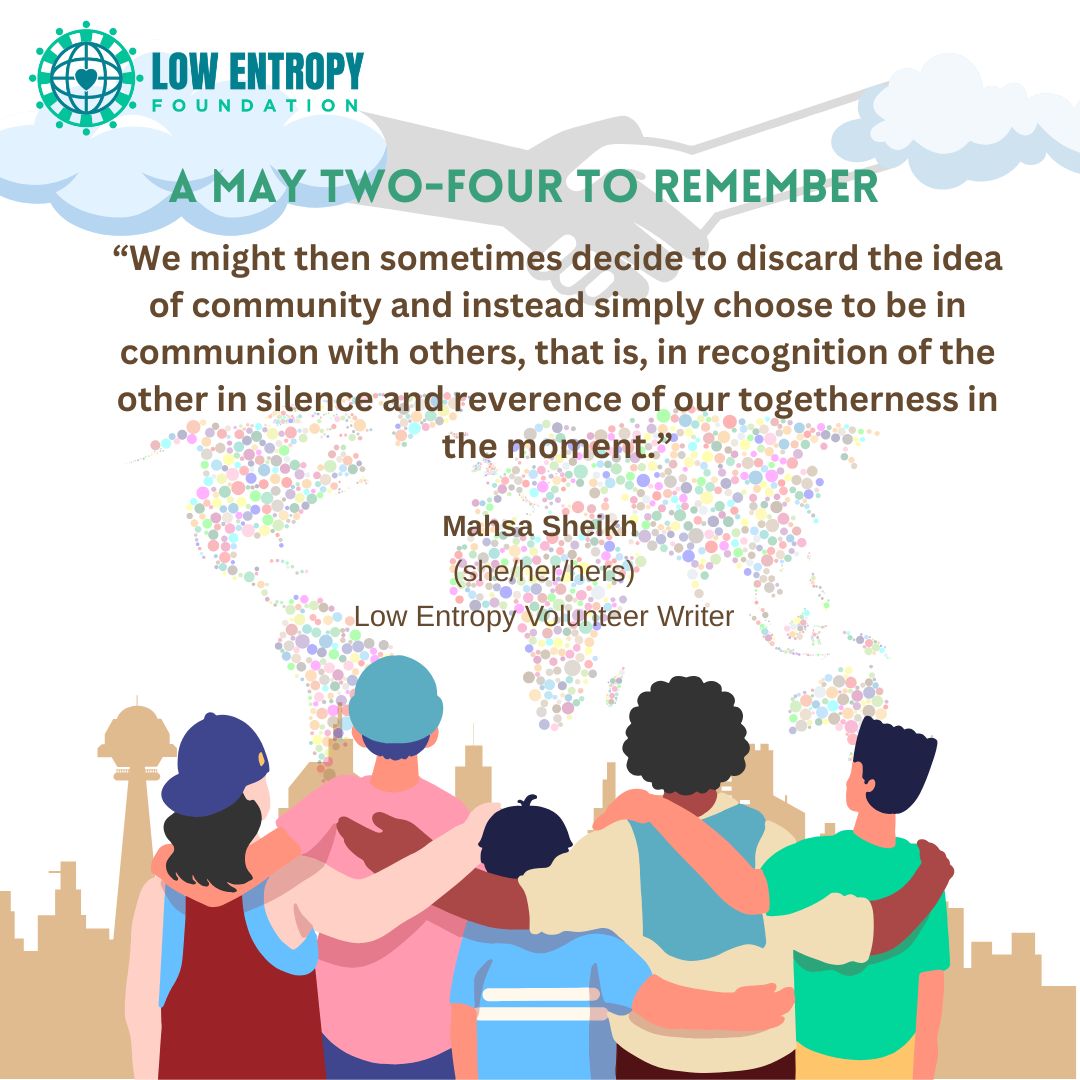Mahsa Sheikh, Low Entropy Volunteer Writer
When the Tulip-born Texan Lulamae, who now goes by the glamorous Holly Golightly and lives in the style of an American geisha in the high end Manhattan borough, meets Paul Varjak—a struggling writer who is himself in a relationship with a wealthy married woman—the first thing that crosses the mind is whether theirs is destined to be a happy union. Holly, the supposedly independent and free-spirited heroine of Truman Capote’s intriguing Breakfast at Tiffany’s—a novella first published in 1958 and later adopted into a 1961 classic Hollywood blockbuster by the renowned American director, Blake Edwards—is sure to have raised eyebrows when, in response to Paul’s proposal on their way back to her apartment after a brief detention at the neighboring police station, flies off the handle and goes, “I am not Holly. I am not Lulamae. I don’t know who I am. I’m like Cat here. We’re a couple of no-name slobs. We belong to nobody. And nobody belongs to us. We don’t even belong to each other.”
A distraught Lulamae, overwhelmed by the idea of being in a relationship, suddenly replaces the gold-digging and status-obsessed character that our sweet and poised Holly has so far put on display for us. Whether the star-crossed lovers of Breakfast at Tiffany’s will negotiate their way into a happy ending or not is up for debate at this point in the movie, where the script substantially diverges from the novella’s original plot. It offers a compelling opportunity to reflect on the metaphor of a couple in the context of unity and togetherness. Any relationship on the cusp of growth and development can project feelings of doubt and frustration onto either couple, yet the truth is, union and togetherness cannot hold without firm moral and emotional foundations. Without an acceptance of differences and working together to mitigate them, we can scarcely hope for successful unions.
The idea of forming a couple and living together, once taken for granted, can potentially assist in understanding unity as it relates to the boundaries a community creates around itself to sustain and meaningfully enrich the lives of those who come together to coexist under the banner of identity and sameness. Philosopher Jean-Luc Nancy, whose writings on community have illuminated debates on identity-based notions of togetherness, argued that a community, first and foremost, arises from being with others rather than commonality and sameness. The famous metaphor of the Franco-German couple perhaps helps illustrate Nancy’s point: in the context of the European Union, few would argue against the significant role that the French and the Germans played in reconciliation efforts after World War II. By setting aside feuds and conflict, the two adjacent nations gradually succeeded in establishing working cultural and economic relations and made strides after a period plagued by conflict, death and ruin.
But why go so far? A young Queen Victoria famously gave royal assent to the Union Act (1840) that facilitated the development of Canada as a nation, ending a tumultuous period of unrest and political commotion in Upper and Lower Canada and laying the groundwork for Canadian Confederation. Known for benevolence toward her colonial subjects and a firm determination to support positive political change in her colonies, the policies set forth during the reign of the Mother of Confederation, however, had devastating consequences for both Indigenous as well as the French-speaking communities. In Jean-Luc Nancy’s terms, Queen Victoria’s mixed legacy then perhaps lies at the heart of Canada as a nation and the Canadian identity, in the sense that neither are based on notions of sameness, but rather coexistence and the risk of being together in a cyclical dialogue with each other’s pasts and our present heritage. Imagined in this way, Holly’s perhaps right when, seated at the edge of her window facing that of Paul’s, she softly croons, “We’re after the same rainbow’s end/waiting ’round the bend/my huckleberry friend . . . Moon River and me.”
Living together in communities that are different but in dialogue can ideally introduce us to new ways of being or carrying particular identities, be they born-with or chosen, that can also become burdens—ones that can break us. It is important and necessary, however not an obligation, to promote our cultures and heritages or stand up for our values and choices, of course within the framework and boundaries of our individual and collective rights.
But nothing comes before our personal wellbeing. There are times that we need to retreat from everyone and everything that is in the way of our happiness, defined reasonably and out of self-respect. We might then sometimes decide to discard the idea of community and instead simply choose to be in communion with others, that is, in recognition of the other in silence and reverence of our togetherness in the moment. If that’s so, some of us might then choose to celebrate the next May Two-Four by sitting in the outdoors and contemplating the magnificent sight of the grey blue mountains in the distance, the call of the western toad or the tail of a whale on the shimmering surface of the deep blue coastal waters.
—
Leave your thoughts for Mahsa in the comments below. You can also follow us on Facebook, Instagram, TikTok, LinkedIn and YouTube to stay up-to-date with Low Entropy news!

